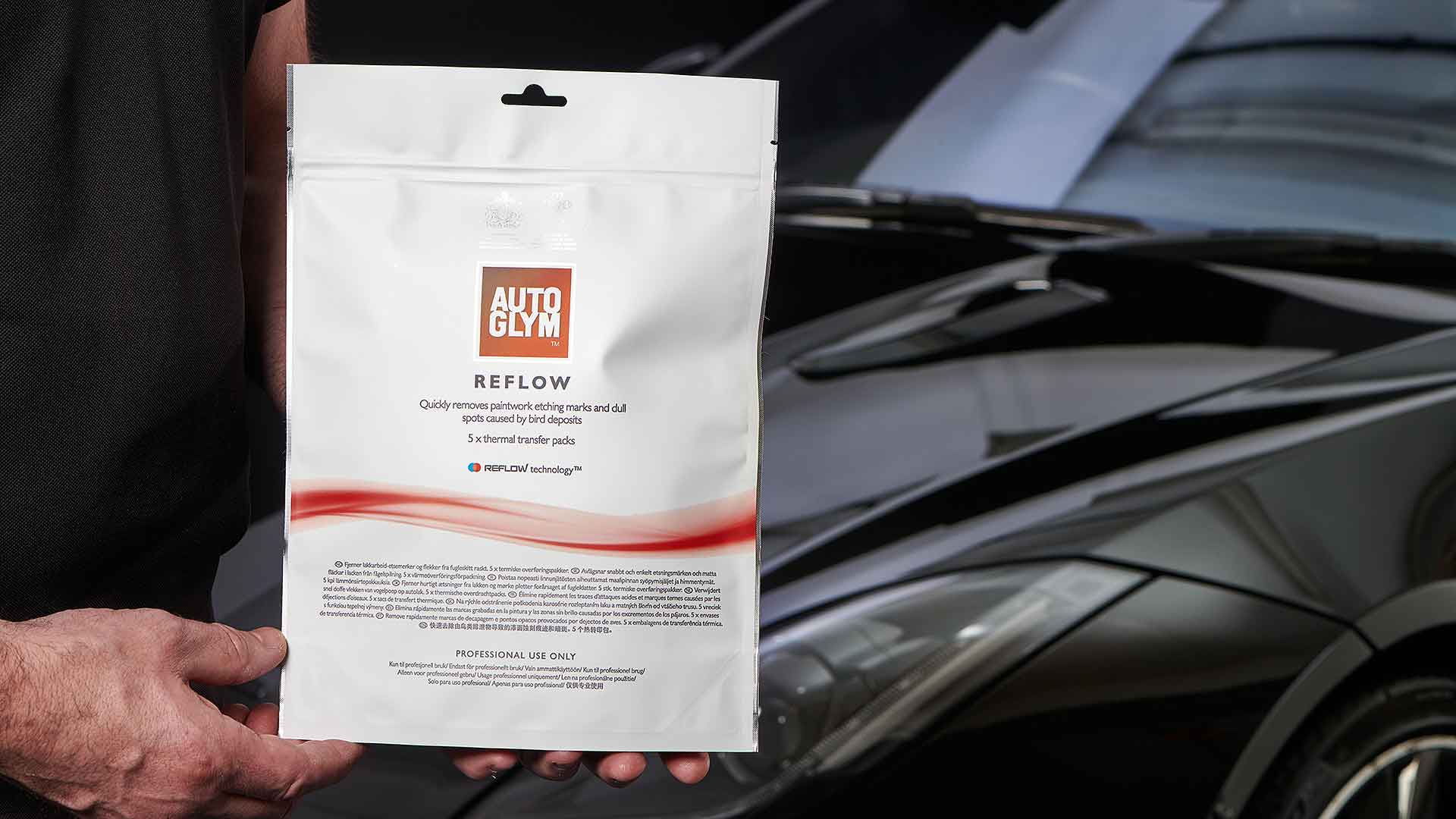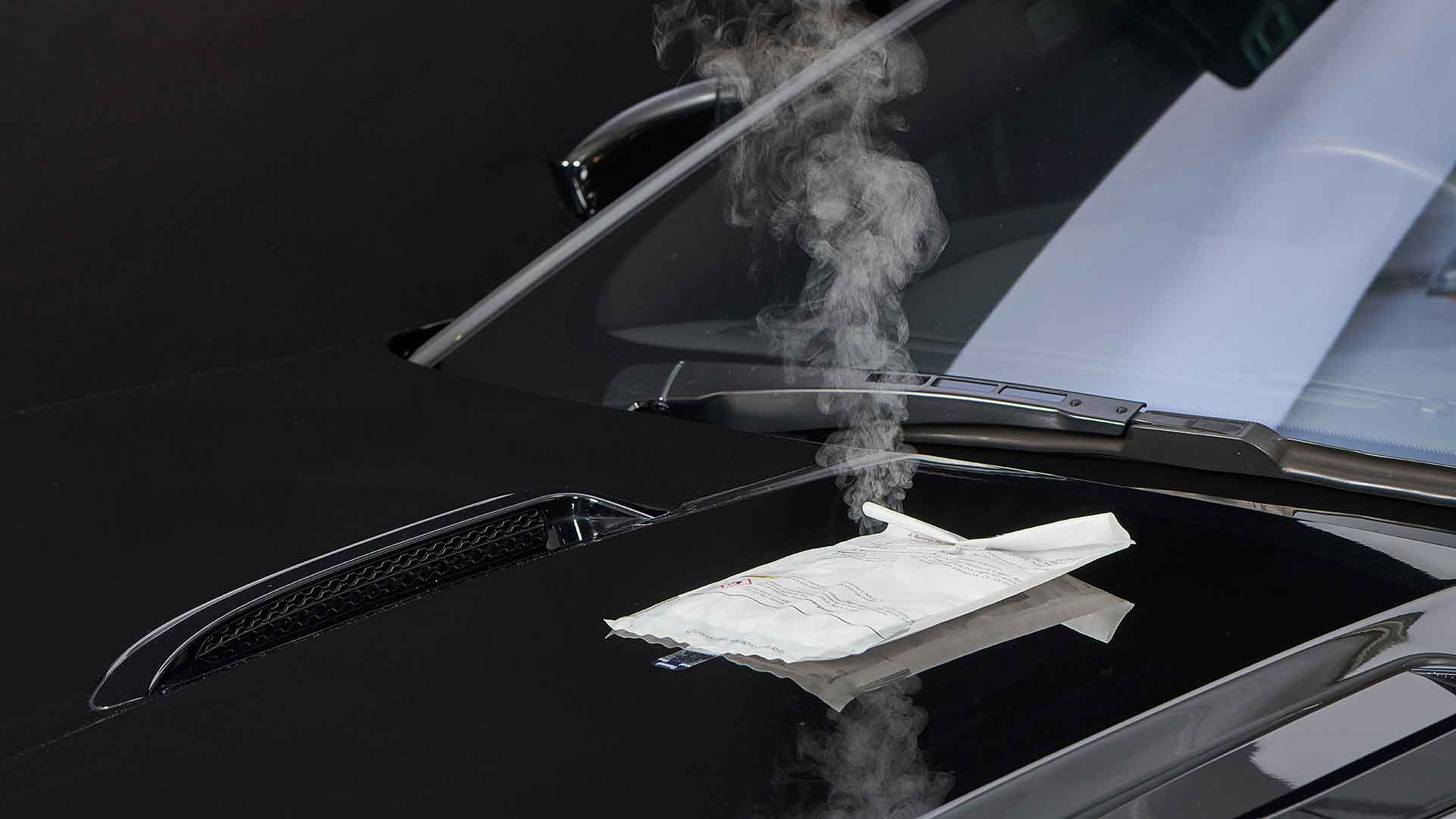
Autoglym Reflow is a new product from the UK firm that repairs paint lacquer damage, faded spots and etching marks caused by that most feared of deposits: bird droppings.
What’s more, the repairs are quick, easy and require minimal hands-on work.
Autoglym Reflow is a water-activated thermal transfer heat treatment patch. Place it over the damaged area, add water… and it heats up itself.
This is to a specific temperature, one that is retained for a specific length of time for paintwork to soften, ‘reflow’ and fill in the damage.
Paintwork then resets as it cools.

This process heats up the lacquer paint surface itself and allows it to ‘self-heal’ in 30 minutes. It can be left to do its work, so professional smart repair operators can get on with other jobs.

Part of the Autoglym Professional range, it is intended for use by smart repairers and auto retailers, although it is also sold through Autoglym’s regular online store.
A pack of five Reflow patches costs £30.
Autoglym CEO Paul Caller said: “Reflow is a truly innovative product as it allows a very simple, effort-free means of permanently repairing minor paint imperfections, potentially saving a considerable amount of money that would otherwise be spent on respraying or relacquering an entire body panel.
“We believe this is the most innovative product the automotive refinishing industry has seen in years and offers a great profit opportunity to those offering smart repairs and localised bodywork refurbishment.”
How do bird droppings damage paintwork?
For car care connoisseurs, bird droppings make their hearts sink. If not cleared quickly, they often leave etchings or impressions on the paintwork.
“This is caused by the warming and cooling cycle of the vehicle’s paintwork” explain the Aytoglym scientists.
“The top level clear coat of paint warms and moulds around the bird dropping and then cools and hardens. The heating cycle may be triggered by sunlight or heat from the engine.
“Over time, as the cycle repeats, the clear coat takes on an impression of the bird dropping, often appearing in the form of a faded or dull etchings.”
Just how bad the damage will be depends on the composition of the bird dropping, climatic conditions, plus the age of the vehicle and how long it has been left on the paintwork.
ALSO READ
Revealed: the UK’s rustiest cars and where to find them
Barn finds at the NEC Classic Car and Restoration Show
How the Range Stormer prepared the world for the Range Rover Sport


